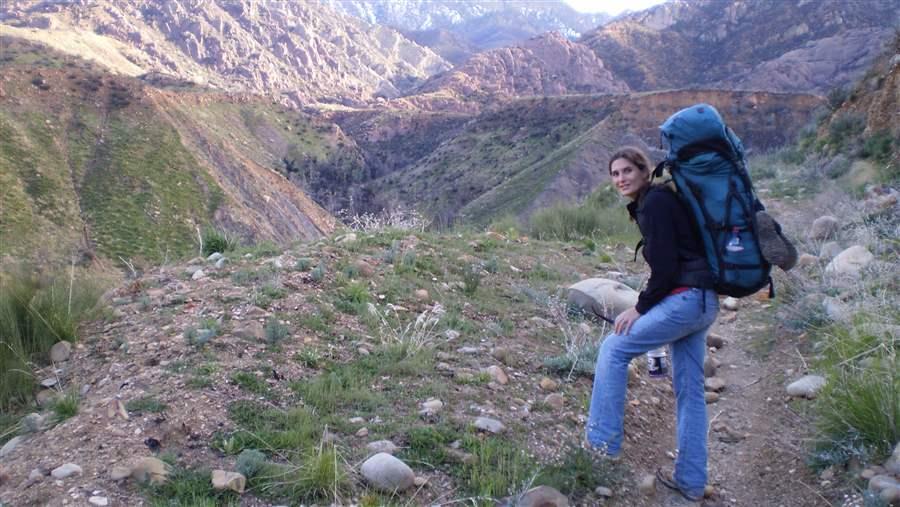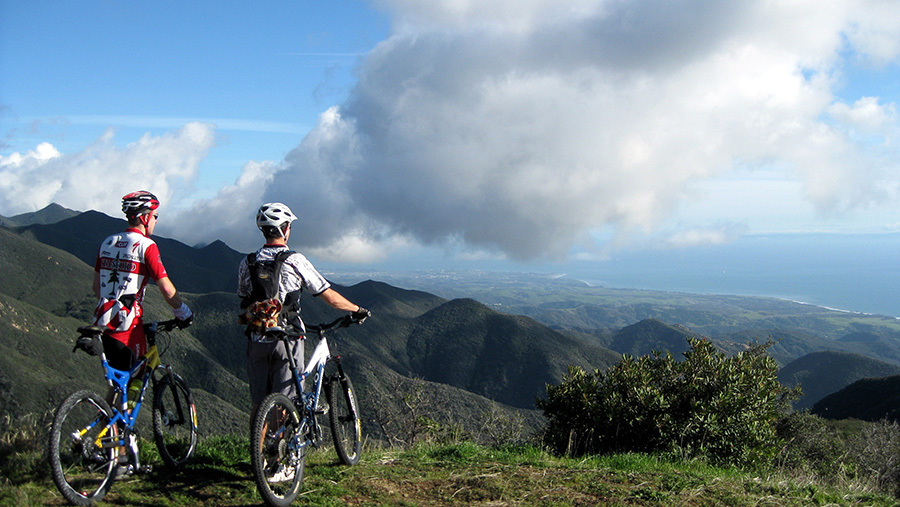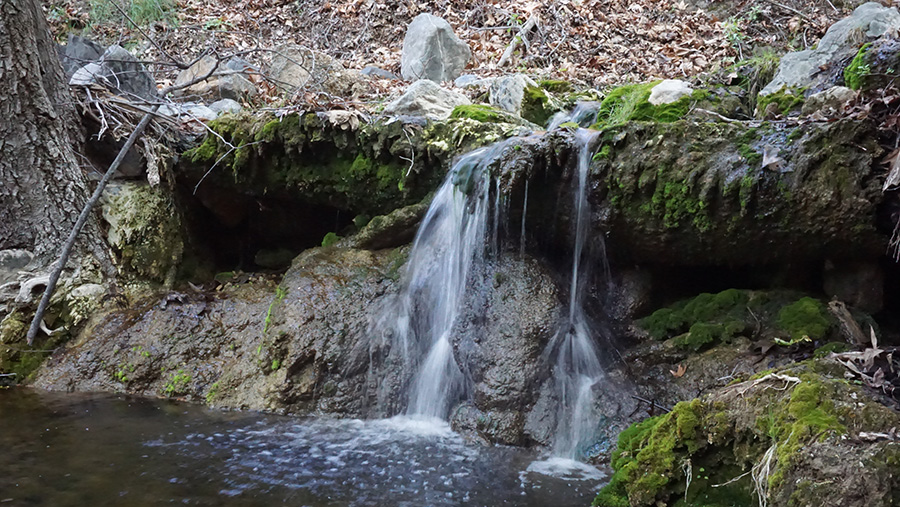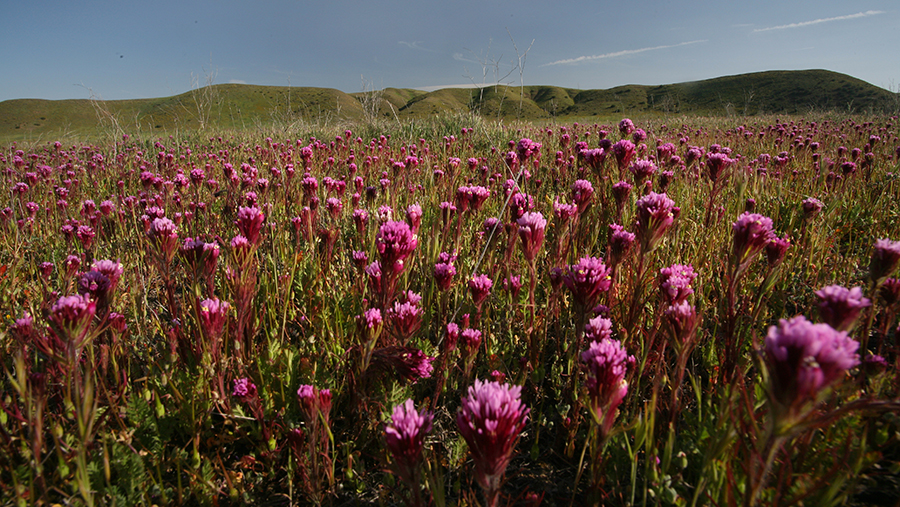5 Reasons to Protect California's Central Coast
Part grassland, part semidesert, and part redwood forest, the three distinct landscapes comprising California’s Central Coast are home to a stunning variety of plants and animals. The Central Coast Heritage Protection Act, introduced by Representative Lois Capps (D-CA) and Senator Barbara Boxer (D-CA), aims to safeguard significant portions of this region, including 245,500 acres of wilderness in the Los Padres National Forest and Carrizo Plain, as well as two scenic areas encompassing 34,500 acres and 159 miles of wild and scenic rivers.
 © Condor Trail Association
© Condor Trail AssociationThe Condor Trail is a recreational route designed to connect the northern and southern portions of Los Padres National Forest by a single hiking trail. Hikers traversing the trail, such as the woman above, pass through rugged wilderness backcountry portions of Ventura, Santa Barbara, San Luis Obispo, and Monterey counties.
1. World-class recreational opportunities.
The trail runs along the spine of California’s coastal range from Los Angeles County to Monterey County, where the northernmost point of the Los Padres National Forest is located; the bill would establish the route as the 400-mile-long Condor National Recreation Trail. This stretch of land is one of the few places in the world where desert species grow alongside giant redwoods, and it is an outstanding tourism draw.
 © Laurel Williams
© Laurel WilliamsCyclists overlook Condor Point to view the Pacific Ocean.
2. Great advantages for business.
Across California, outdoor recreation generates $85.4 billion in consumer spending, supports 732,000 jobs, and contributes $6.7 billion in state and local taxes. Visitors to the Los Padres National Forest contributed $24.1 million dollars to the regional economy in 2011.
 © Dianne Erskine-Hellrigel
© Dianne Erskine-HellrigelThe Los Padres National Forest is California’s primary reintroduction site for the endangered California condor.
3. Protection of critical wildlife habitat and species.
Los Padres and the Carrizo Plain are home to 468 animal and more than 1,200 plant species, including 26 threatened with extinction if their habitat continues to degrade. Some of these are the San Joaquin kit fox, California condor, Southern California steelhead, least Bell’s vireo, yellow-billed cuckoo, Arroyo toad, California red-legged frog, and San Luis Obispo fountain thistle.
 © Cheryl Frei
© Cheryl FreiA small waterfall percolates along the proposed Davy Brown Creek wild and scenic river.
4. A source of clean water.
The proposed wild and scenic river designations would help conserve headwaters of the rivers and aquifers providing drinking water to communities in Ventura, Santa Barbara, and San Luis Obispo counties— among the last places in Central and Southern California not dependent on the state aqueduct for water.
 © Bureau of Land Management
© Bureau of Land ManagementA remnant of the vast grassland once covering California’s Central Valley, Carrizo Plain National Monument bursts with wildflowers each spring, such as this purple owl’s clover.
5. A cause embraced by the community
The area’s growing list of supporters includes more than 500 businesses, farmers, and ranchers, as well as outdoor educators, civic organizations, recreation and community leaders, mountain bikers, equestrians and trail maintenance groups, and local county leaders.









